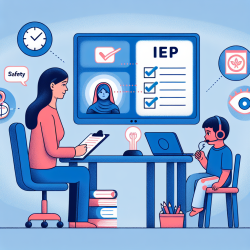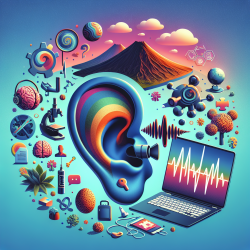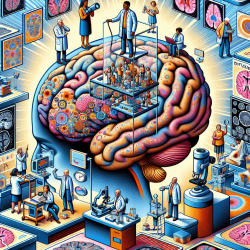Empowering Practitioners: Harnessing the Future of Neuromodulation
The field of neuromodulation is rapidly evolving, offering promising advancements in the treatment of neurological and psychiatric disorders. As a practitioner, staying informed about these developments can significantly enhance your therapeutic skills and patient outcomes. This blog explores key insights from the research article "Neuromodulation: Update on Current Practice and Future Developments" and encourages practitioners to delve deeper into this exciting domain.
The Expanding Horizons of Neuromodulation
Neuromodulation has witnessed exponential growth, with both invasive and non-invasive techniques becoming integral to clinical practice. These treatments not only improve the quality of life for patients but also offer a multidisciplinary approach essential for successful implementation. Techniques such as Deep Brain Stimulation (DBS), Vagus Nerve Stimulation (VNS), and Transcranial Magnetic Stimulation (TMS) are now widely adopted, with ongoing research optimizing their efficacy for personalized medicine.
Key Insights for Practitioners
- Multidisciplinary Approach: The success of neuromodulation therapies hinges on a collaborative approach involving neurologists, neurosurgeons, psychiatrists, and other specialists. As a practitioner, fostering interdisciplinary collaborations can enhance treatment outcomes.
- Personalized Treatment: Advances in imaging techniques like diffusion MRI and functional MRI are paving the way for personalized neuromodulation therapies. Understanding the specific neural networks involved in a patient's condition allows for targeted interventions, improving efficacy.
- Early Intervention: Research indicates that early intervention with neuromodulation therapies can lead to sustained quality of life improvements. Practitioners should consider these therapies as part of early treatment strategies for eligible patients.
Future Directions in Neuromodulation
As the field progresses, several emerging trends and technologies are set to shape the future of neuromodulation:
- Focused Ultrasound Stimulation (FUS): This technique shows promise in enhancing drug delivery to the brain, potentially revolutionizing treatments for conditions like Alzheimer's and Parkinson's disease.
- Responsive Neurostimulation (RNS): Particularly beneficial for drug-resistant epilepsy, RNS offers a dynamic approach to managing seizures by adapting to the brain's activity in real-time.
- Integration of Artificial Intelligence: AI and wearable technologies are poised to enhance the personalization and effectiveness of neuromodulation therapies, offering new avenues for patient-specific interventions.
Encouraging Further Research
For practitioners eager to advance their skills, engaging with ongoing research is crucial. The research article emphasizes the need for robust biomarkers and large-scale trials to optimize neuromodulation therapies. By participating in or supporting research initiatives, practitioners can contribute to the development of these groundbreaking treatments.
To read the original research paper, please follow this link: Neuromodulation: Update on Current Practice and Future Developments.










